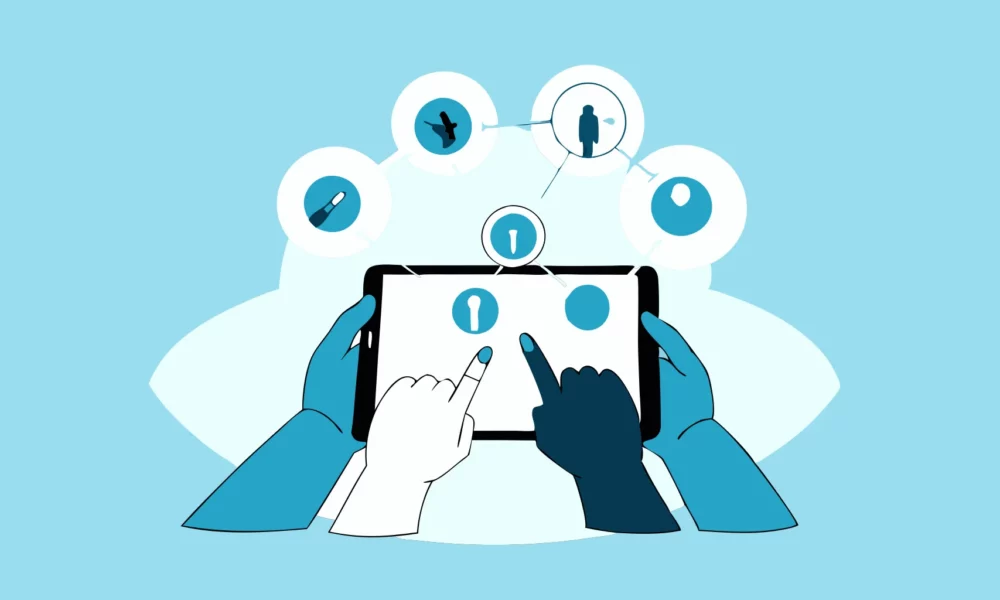The Limits of Automation in Web Accessibility Testing – And How Experts Fill the Gaps

Understanding Web Accessibility and Automation
Web accessibility ensures that all users, including those with disabilities, can easily navigate and interact with your website. Automated accessibility testing tools are integral to this process, as they help scan for compliance with established standards like the Web Content Accessibility Guidelines (WCAG). These tools offer significant advantages, but they also have inherent limitations.
Automated accessibility testing relies on algorithms to detect errors, but digital accessibility is far more nuanced than what machines can analyze. While automation can quickly identify code-related issues like missing alt text, improper heading structure, and color contrast problems, it cannot fully assess the user experience from the perspective of individuals with disabilities. Accessibility challenges often involve more than just the technical aspects of code—things like navigation flow, screen reader compatibility, and complex user interactions require human judgment to evaluate effectively.
Therefore, while automated tools are valuable for identifying common accessibility issues and establishing a baseline of compliance, a comprehensive website accessibility testing service should include both automated testing and expert human review. This combined approach ensures a more thorough evaluation and a truly accessible website for all users.
The Key Limitations of Automated Accessibility Testing
1. Inability to Assess Context and User Experience
Automated tools can identify structural issues but fail to understand the context. For instance, a tool may detect that an image is missing alt text, but it won’t know if the alt text accurately describes the image’s purpose.
Similarly, user experience (UX) nuances, such as whether interactive elements are easily usable by someone navigating with a screen reader or keyboard, often go unnoticed by automation.
2. Missed Dynamic Content Issues
Modern websites are often built with dynamic, JavaScript-heavy content. Automated tools may struggle to evaluate these dynamic interactions accurately. Pop-ups, dropdown menus, and infinite scrolling are just a few examples of dynamic elements that may cause accessibility issues undetectable by bots.
3. Limited Detection of Keyboard Navigation Issues
Keyboard accessibility is crucial for users with motor impairments. While automated testing can identify basic tabbing issues, it often misses more complex keyboard traps or navigation challenges that affect real users.
4. Ignoring Human-Centric Factors
Accessibility isn’t just about technical compliance—it’s about ensuring usability for people. Automated tools cannot detect human-centric issues, such as whether a color contrast ratio makes text legible for users with low vision or whether audio descriptions enhance the experience for blind users.
How Accessibility Experts Fill the Gaps
Given these limitations, it’s clear that automated testing should not be the sole method of assessing website accessibility. Accessibility consultants bring essential human insight that enhances and complements automated scans. Here’s how they fill the gaps:
1. Manual Audits for Comprehensive Evaluation
Accessibility experts conduct manual audits to assess the full user experience. They test your website’s functionality with assistive technologies, such as screen readers, magnifiers, and alternative input devices. This human evaluation can uncover issues that automated tools miss, ensuring that your website is both technically compliant and genuinely usable.
2. Contextual Analysis of Content
Experts evaluate content in context. For example, they can assess whether alt text accurately conveys the image’s purpose, whether form instructions are clear, and whether links provide meaningful information. This contextual understanding improves the overall accessibility of your site.
3. Testing Dynamic and Interactive Elements
Accessibility professionals have the skills to manually test dynamic content and complex interactions, such as modal dialogs, carousels, and expandable menus. By ensuring these elements work seamlessly with keyboard navigation and screen readers, they improve the experience for users with disabilities.
4. Customized Recommendations and Remediation Guidance
Unlike automated tools that provide generic error reports, accessibility consultants offer customized recommendations based on their findings. They can guide your development team on how to remediate issues effectively and ensure ongoing compliance.
The Benefits of Combining Automation with Expert Analysis
While automated tools are a valuable first step in the accessibility testing process, the best results come from a combined approach. By integrating automation with manual testing conducted by accessibility experts, you can:
- Achieve Deeper Compliance: Address both surface-level and complex accessibility issues.
- Enhance User Experience: Create an inclusive website that works well for all users, not just those without disabilities.
- Save Time and Resources: Receive actionable, prioritized recommendations that streamline the remediation process.
Investing in Professional Accessibility Testing
To ensure your website meets accessibility standards and provides a positive user experience, consider partnering with professionals who specialize in website accessibility testing services. These experts can help you achieve WCAG compliance, avoid legal risks, and create an inclusive digital presence.
When you work with an experienced accessibility consultant, you gain access to human insight that enhances automated testing and helps you build a truly accessible website.
Conclusion: The Human Touch Matters
Automated accessibility testing is a powerful tool, but it’s not a complete solution. The limitations of automation emphasize the need for human expertise to fill the gaps, ensuring your website is not only compliant but also truly usable for people with disabilities.
By combining the efficiency of automated scans with the deep insights of accessibility experts, you can create a website that meets legal requirements and fosters digital inclusion. Investing in comprehensive accessibility testing—including manual audits conducted by professionals—is the best way to achieve lasting, meaningful accessibility.
If you’re ready to elevate your accessibility efforts, explore professional website accessibility testing services to get started on your path to inclusivity and compliance.




